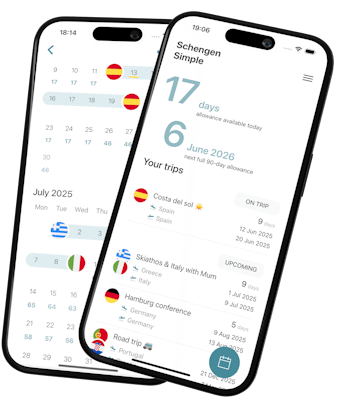The Schengen Area
What is the Schengen Area?
The Schengen Area is a collection of 29 countries that allow border-free travel between them, comprised of most of the European Union (EU) and four non-EU countries (Iceland, Liechtenstein, Norway, and Switzerland).
Non-Schengen or EU citizens visiting the area (including British citizens following Brexit) cannot stay longer than 90 days in any 180-day period.
Some citizens will need to apply in advance for a visa, whilst others are exempt, but in either case, you are likely to be bound by the 90/180 rule.
Find out more about Schengen Visas.
Why is it called the ‘Schengen' Area?
The Schengen Area takes its name from the town in southern Luxembourg, where France, Belgium, Germany, The Netherlands and Luxembourg signed the original Schengen Agreement in 1985.
Schengen Area countries
It’s important to remember that the Schengen Area is distinct from the EU; not all EU countries are part of the area, and some non-EU countries are.
Here are the 29 Countries that make up the Schengen Area:

